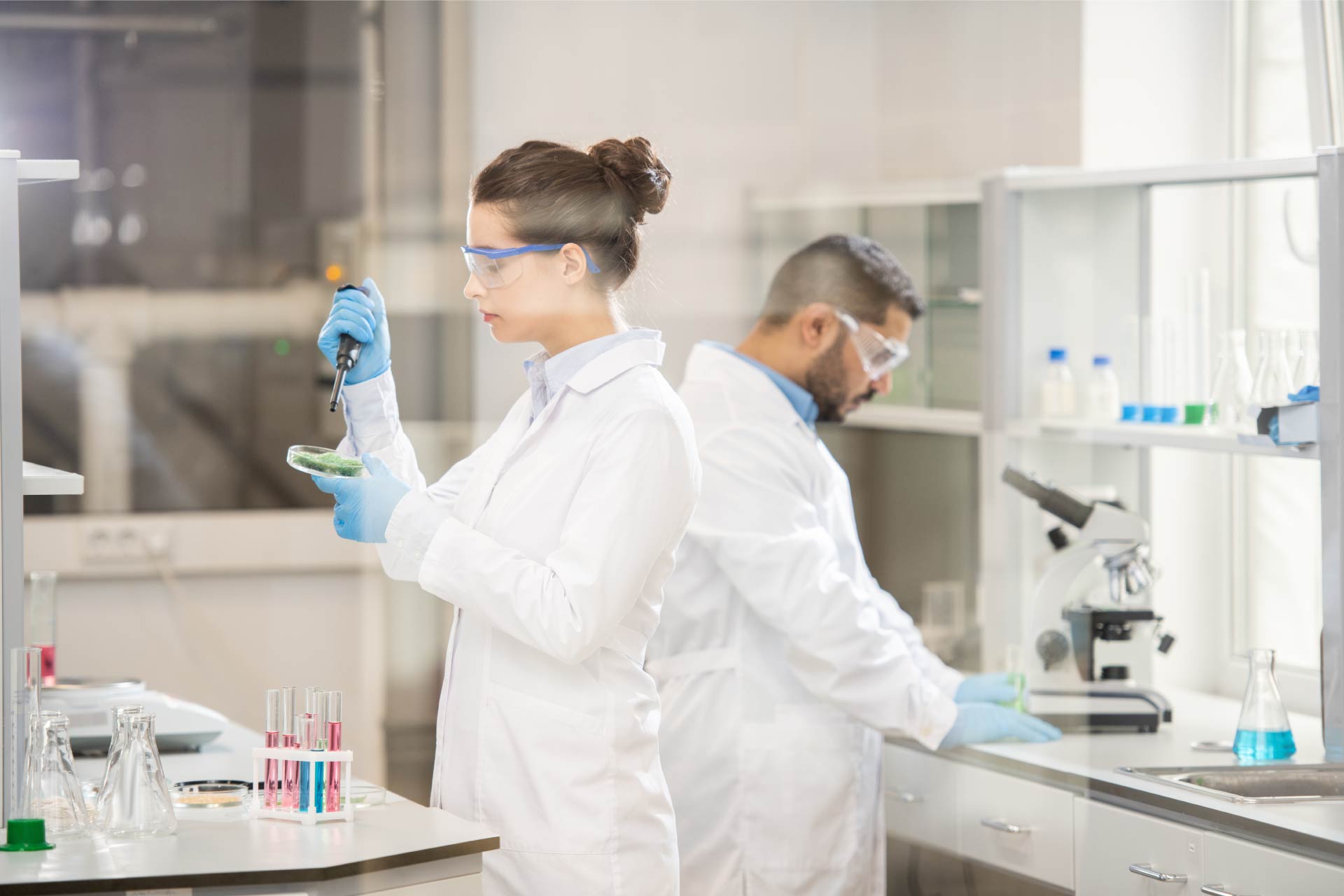• Analyzing mass spec data
• Computational tool
What is already known on this topic
Many gut bacteria produce bioactive compounds such as cyclopeptides, which can have anti-microbial and anti-cancer properties. However, due to a lack of computational tools, little is known about the cyclopeptides in the human gut.What this research adds
Researchers developed a new algorithm for identifying and analyzing cyclopeptides in large mass-spectrometry datasets. The tool, named CycloNovo, revealed 32 previously unknown cyclopeptides from the human gut and reported more than a hundred cyclopeptides from other environments, including marine and soil bacterial communities.Conclusion
As more and more mass-spectrometry datasets from bacteria and plants become available, tools like CycloNovo would help scientists to scour these datasets for cyclopeptides that could be used as antibiotics or anti-cancer drugs.
Researchers developed an algorithm that revealed dozens of previously unknown compounds in the human gut. The new tool, described in Cell Systems, could help to discover and refine potential therapeutic molecules.
Scientists have known that many gut bacteria produce bioactive compounds such as cyclopeptides, which can have anti-microbial and anti-tumor properties. However, due to a lack of computational methods, little is known about the cyclopeptides in the human gut.
Bahar Behsaz at the University of California, San Diego, and her colleagues developed a new algorithm, named CycloNovo, for identifying and analyzing cyclopeptides in large mass-spectrometry datasets.
Analyzing mass spec data
Mass spectrometry is a technique used to identify unknown compounds within a sample and elucidate the structure and chemical properties of molecules. A mass spectrometer works by shattering the molecule that is being analyzed into small fragments. These fragments form peaks in a mass spectrum that provide the molecular weight of the molecule.
However, despite the availability of thousands of mass spectra representing many compounds from different organisms and environments, it’s still challenging to identify spectra that represent cyclopeptides and decode the sequence of these molecules’ building blocks.
Computational tool
Using tools similar to those employed for decoding sequences of nucleotides in a genome, the researchers developed CycloNovo, an algorithm that provides information about the shattered fragments to find amino acid sequences of cyclopeptides in the human gut and in other environments.
The analysis revealed 32 previously unknown cyclopeptides produced by gut bacteria and identified more than a hundred cyclopeptides from marine and soil bacterial communities.
As more and more mass-spectrometry datasets from bacteria and plants become available, tools like CycloNovo would help scientists to scour these datasets for cyclopeptides, which could be further screened for anti-microbial and other biomedically relevant activities, the researchers say.









